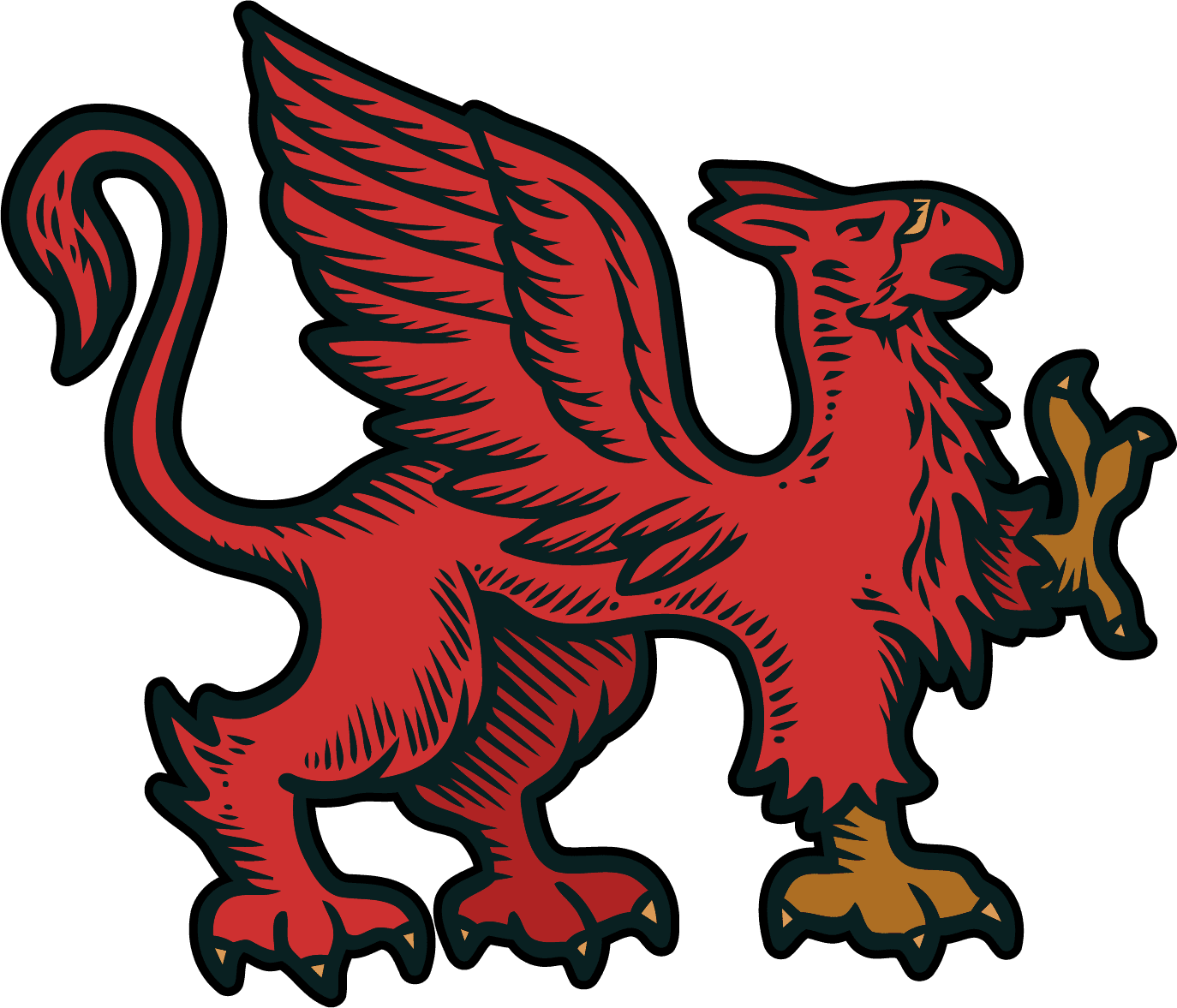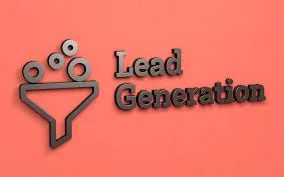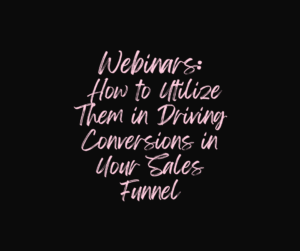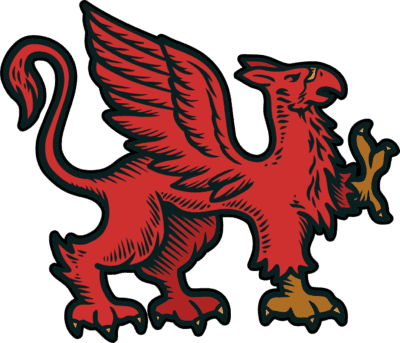The Basics of the Sales Funnel: What You Need to Know
The sales funnel is the backbone of successful marketing strategies for businesses across various industries. Understanding the fundamentals of sales funnels is crucial for maximizing conversions and driving revenue. In this guide, we’ll delve into the key components, stages, and strategies involved in creating effective sales funnels.
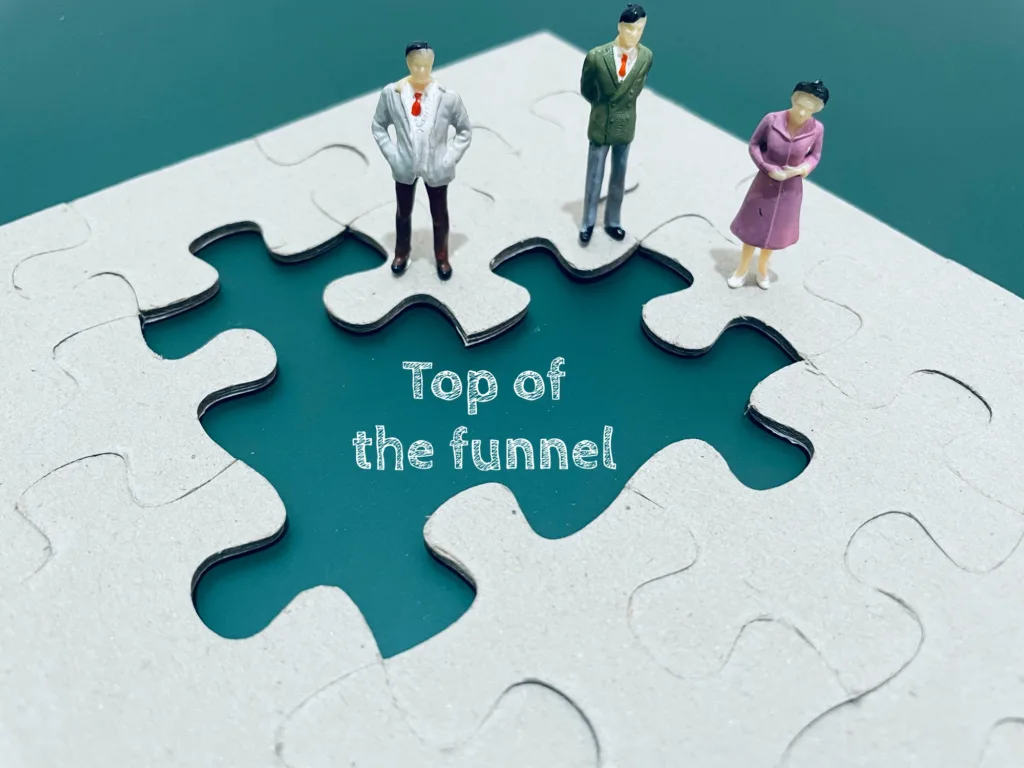
What is a Sales Funnel?
A sales funnel represents the journey a potential customer takes from initially discovering a product or service to making a purchase. It’s a visual representation of the stages that prospects go through before becoming paying customers. The funnel analogy is apt—it illustrates the gradual narrowing down of potential leads until they convert into actual sales.
The Stages of a Sales Funnel:
- Awareness: This is the top of the funnel (TOFU) stage where prospects become aware of your brand, product, or service. They might discover you through social media, blog posts, ads, or other marketing channels.
- Interest/Evaluation: At this stage, potential customers show interest in what you offer. They might research your product, compare it with others, or seek more information through email subscriptions or downloading guides.
- Decision: In this middle of the funnel (MOFU) stage, prospects are considering making a purchase. They might engage with free trials, demos, or case studies to help finalize their decision.
- Action/Purchase: The bottom of the funnel (BOFU) is where the conversion happens. The prospect becomes a paying customer by making a purchase, signing up for a service, or taking the desired action.
Components of a Sales Funnel:
1. Landing Pages:
These are specific web pages designed to capture visitor information, often offering something valuable in return, such as eBooks, webinars, or discounts. Landing pages aim to convert visitors into leads by encouraging them to take a specific action.
2. Lead Magnets:
Lead magnets are incentives offered to prospects in exchange for their contact information. These can be free resources like ebooks, whitepapers, templates, or access to exclusive content.
3. Email Marketing:
Email sequences play a crucial role in nurturing leads throughout the funnel stages. Personalized and targeted emails help build relationships, provide valuable content, and guide leads towards making a purchase decision.
4. Sales Pages:
These pages are where the actual selling happens. They are designed to highlight the benefits of the product or service and convince prospects to take action.
5. Follow-Up Funnels:
After a purchase or action, follow-up funnels ensure customer retention and potential upselling opportunities. They involve post-purchase communications, customer support, and additional offers.
Strategies for Effective Sales Funnels:
1. Know Your Audience:
Understanding your target audience is fundamental. Tailor your messaging, content, and offers to resonate with their needs, pain points, and desires at each funnel stage.
2. Optimize Conversion Points of the Sales Funnel:
Regularly test and optimize elements like headlines, CTAs (Call to Actions), page layouts, and forms to maximize conversion rates at each stage of the funnel.
3. Provide Value:
Offer valuable and relevant content throughout the funnel. This helps build trust, authority, and credibility, increasing the likelihood of conversions.
4. Implement Automation:
Utilize marketing automation tools to streamline and personalize the customer journey. Automation can help deliver targeted content, follow-up sequences, and analytics for continuous improvement.
5. Analyze and Iterate the Sales Funnel:
Regularly analyze the performance of your sales funnel. Track key metrics such as conversion rates, traffic sources, and customer behavior to identify areas for improvement.
Conclusion:
Sales funnels are a vital aspect of modern marketing, guiding prospects through a structured journey from initial awareness to making a purchase decision. By understanding the stages, components, and strategies involved in creating effective sales funnels, businesses can enhance their marketing efforts, drive conversions, and ultimately boost revenue.
Implementing a well-crafted sales funnel requires continuous optimization, audience understanding, and a focus on delivering value throughout the customer journey. By incorporating these elements, businesses can create robust sales funnels that drive consistent and sustainable growth.
